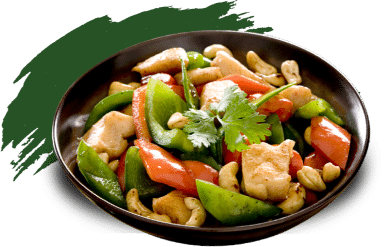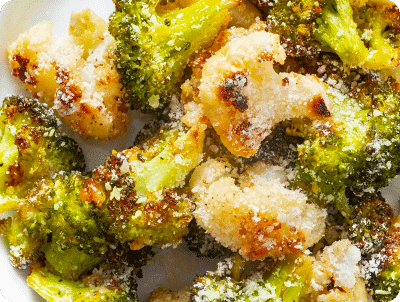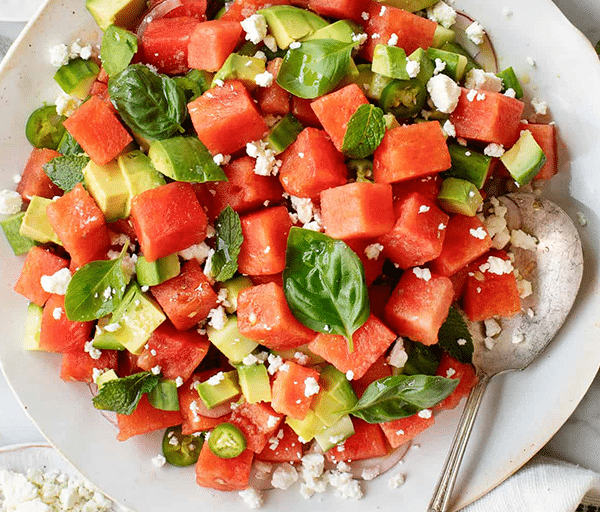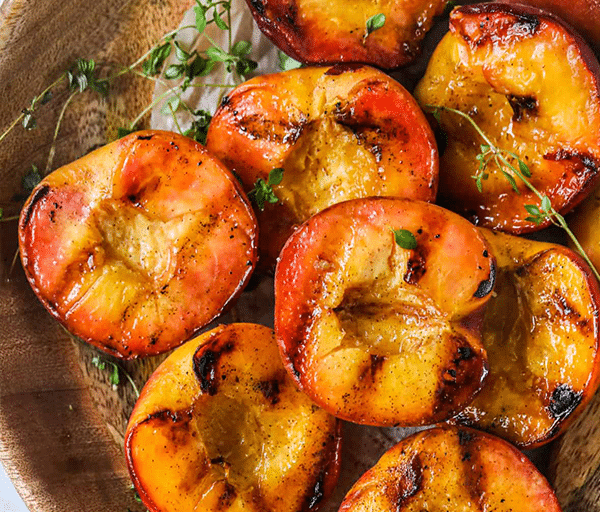Honeydew Sorbet
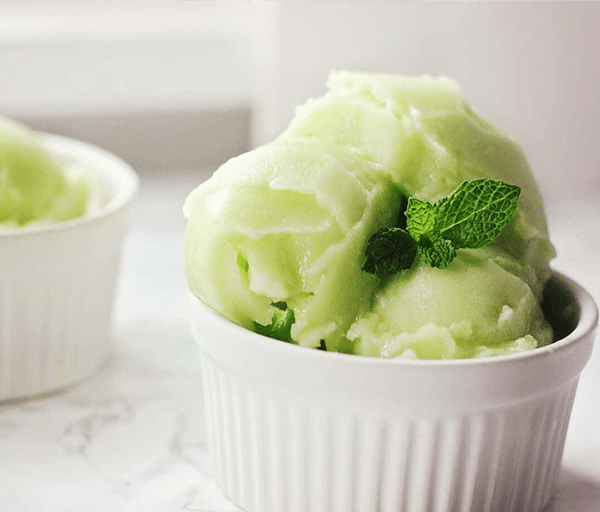
Honeydew Sorbet
This honeydew sorbet recipe is so simple! You only need a few ingredients for this healthy summer treat.
Prep:
5 mins
Cook:
mins
Total:
35 mins
Share this recipe
Ingredients
- 1 honeydew melon
- 1 tablespoon lemon juice
- 2 teaspoons maple syrup or honey
Cook Mode Prevent your screen from going dark
Instructions
- Slice the honeydew into 1″ chunks and spread out on a baking sheet.
- Put it in the freezer for 4-6 hours until frozen.
- Once frozen, put the chunks in the blender with the lemon juice and sweetener.
- You may need to add a couple tablespoons of water to help it to start blending.
- If you don’t have a high-powered blender, you can make this in a food processor.
- Blend until smooth.
- Put it back into the freezer for another 30 minutes until it sets.
- Scoop & serve!
Share Your Creations
We’d love to see how you use our produce in your recipes! Share your culinary creations with us on social media using #HWProduceRecipes, and join our community of food enthusiasts.
